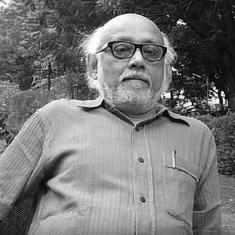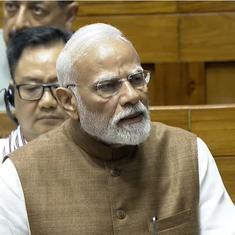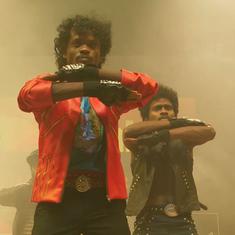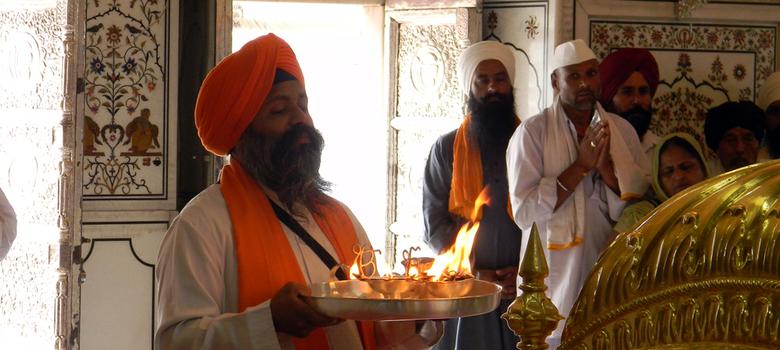Towards the end of December, the Sikh community usually observes at least three days of mourning to mark the deaths of Guru Gobind Singh’s two younger sons in an 18th century battle with the Mughals. This year, according to the Nanakshahi calendar adopted a decade ago, the mourning period is supposed to be from December 26 to December 28. The birthdate of the tenth Guru will be celebrated on January 5.
But even as some are in mourning on December 28, another section of Sikhs – who still use the Bikrami calendar followed by most Hindus – will mark the day as Guru Gobind Singh's birthday.
This has resulted in petitions being filed to the Akal Takht, the most important of the five seats of religious and administrative power for Sikhs, and the Punjab government changing the official date for the holiday.
How it all began
From its early days, Sikhism used the Bikrami calendar, common with Hindus, to mark seasons and important religious dates.
But in 1999, Canada-based engineer and calendar expert Pal Singh Purewal released a new calendar, called Nanakshahi, and presented it to Sikh communities across the world. Purewal is said to have spent nearly 40 years working on the calendar and studying other calendar systems from different religions.
The Bikrami calendar is lunar, in which months are not permanently aligned with seasons and important days fall on different dates in relation to the international Gregorian calendar. In comparison, the Nanakshahi calendar is luni-solar, in which seasons are aligned with the Gregorian calendar and days of religious significance fall on roughly the same date every year.
“The Nanakshahi calendar is also a break away from Hinduism and stands for the distinct Sikh identity as a separate community,” said Jagmohan Singh, a Ludhiana-based social worker who was part of the 51-member committee that was formed to study the merits of the Nanakshahi calendar in the early 2000s.
The Hindu calendar places great emphasis on timings and muhurat or auspicious moments, "an idea that Sikhism rejects in the very first prayer of the Guru Granth Sahib”, said Jagmohan Singh.
A decade of friction
In 2003, the Shiromani Gurudwara Prabhandak Committee, a body elected by the community in Punjab to manage the Akal Takht, as well as the Indian government formally accepted the Nanakshahi calendar for Sikhs. It was also adopted by several Sikh governing bodies outside India.
Soon after, however, the calendar started facing opposition from some groups within the community.
“Opposition also came from the BJP [Bharatiya Janata Party] and the RSS [Rashtriya Swayamsevak Sangh], which claimed that the Hindu-Sikh relationship would be affected by the new Sikh calendar,” said Kanwarpal Singh, a spokesperson for the Dal Khalsa party, which favours the Nanakshahi calendar.
After a few years of lobbying by anti-Nanakshahi groups, the SGPC in 2010 attempted to strike a compromise by adopting a revised version of the Nanakshahi calendar that incorporates several elements of the Bikrami calendar.
This move seems to have increased resentment on both sides in the past four years. “In the revised calendar, some important dates have been taken from the original Nanakshahi calendar and some from the Bikrami, leading to confusion every year,” said Jagmohan Singh.
Petitions under study
As a result of this, the Punjab government this year shifted the date of the holiday on which it will observe for the Guru’s birth anniversary. It was originally was scheduled to be on January 5 – as it has been almost every year for at least a decade. But in November, the Punjab government shifted it to December 28.
This means that Guru Gobind Singh’s birthday will now be marked twice in 2014 (the first time was in January) – much to the consternation of Nanakshahi calendar supporters in Punjab.
Meanwhile, the Sant Samaj – a conglomerate of several Sikh groups – filed a petition with the Akal Takht on Monday, demanding a formal return to the Bikrami calendar. Sant Samaj leader Baba Harnam Singh Dhuma was not available for comment, but another member of the organisation explained that their allegiance to the Bikrami calendar is rooted in tradition.
“The Nanakshahi calendar is just a few years old, but the Bikrami has been followed ever since the time of Guru Nanak, even though it is known as a Hindu calendar,” said the official on condition of anonymity.
Giani Gurbachan Singh, the jathedar or head of the Shiromani Gurudwara Prabhandak Committe, said, “We have received applications from both Bikrami and Nanakshahi calendar supporters. We will discuss the issue for four or five days before coming to a decision.”
Religion and politics
The Akal Takht in Amritsar seems to have taken a pro-Bikrami stance this year by announcing December 28 as a day of celebration. Two other takhts (seats of power) – in Patna and in Nanded – have consistently been following the Bikrami calendar.
However, the jathedar of Bhatinda’s Damdama Sahib takht is a staunch supporter of the Nanakshahi calendar, and recently called on Sikhs to observe December 28 as a “sad day” to mark the deaths of Guru Gobind Singh’s sons.
According to Kanwarpal Singh of the Dal Khalsa party, the Akal Takht has been wavering due to political influences. “They were the ones who first adopted the Nanakshahi calendar, then they revised it, and now they seem to be against it,” he said.










